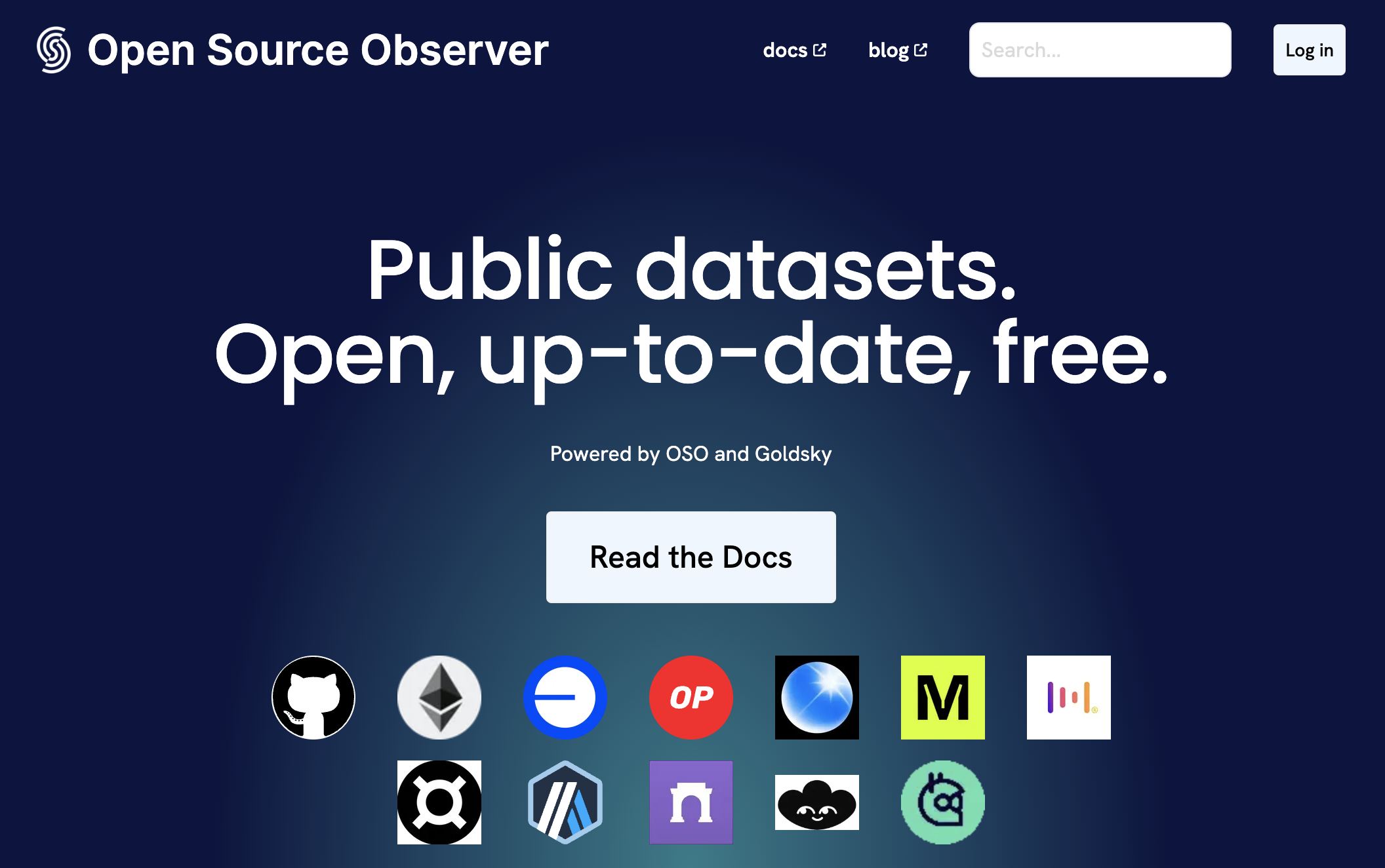Building a network of Impact Data Scientists
One of our primary goals at Kariba (the team behind Open Source Observer) is to build a network of Impact Data Scientists. However, “Impact Data Scientist” isn’t a career path that currently exists. It’s not even a job description that currently exists.
This post is a first step in changing that. In it, we discuss:
- Why we think the Impact Data Scientist is an important job of the future
- The characteristics and job spec of an Impact Data Scientist
- Ways to get involved if you are an aspiring Impact Data Scientist
One important caveat. This post is focused on building a network of Impact Data Scientists that serve crypto open source software ecosystems. In the long run, we hope to see Impact Data Scientists work in all sorts of domains. We are starting in crypto because there is already a strong culture around supporting open source software and decentralizing grantmaking decisions. We hope this culture of building in public and experimenting crosses over to non-crypto grantmaking ecosystems. When it does, we’d love to help build a network of Impact Data Scientists in those places too!


